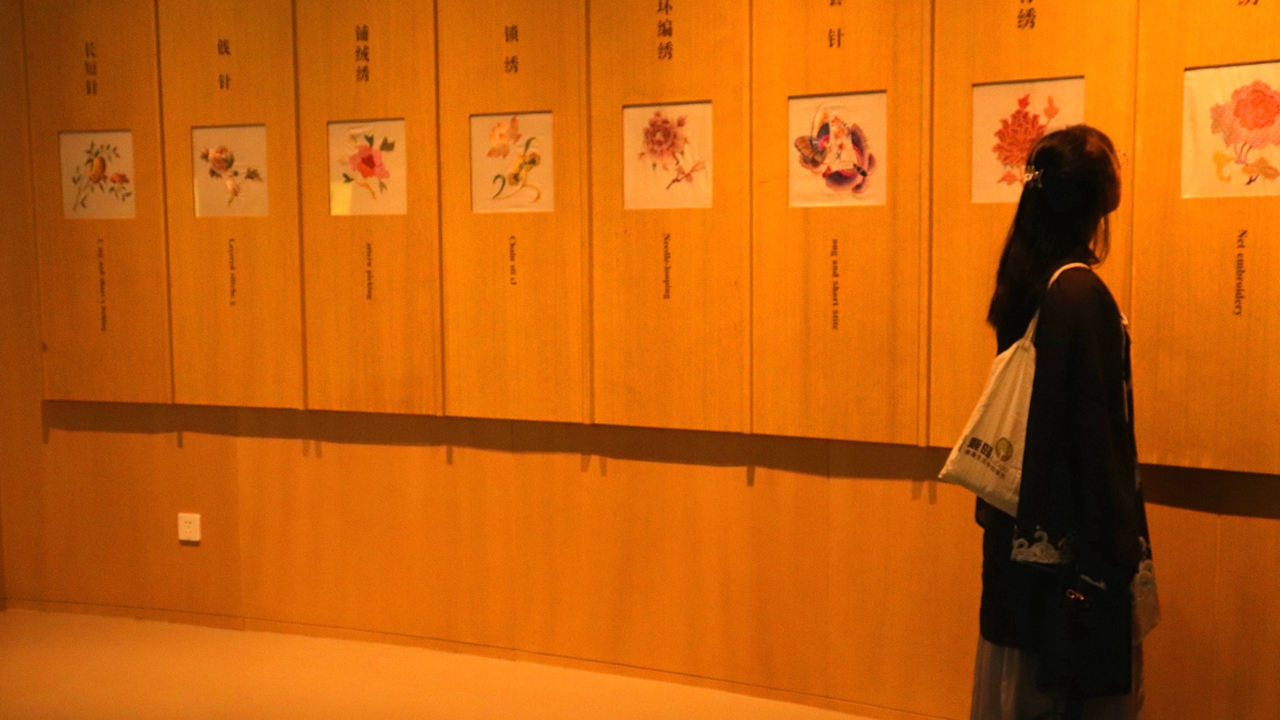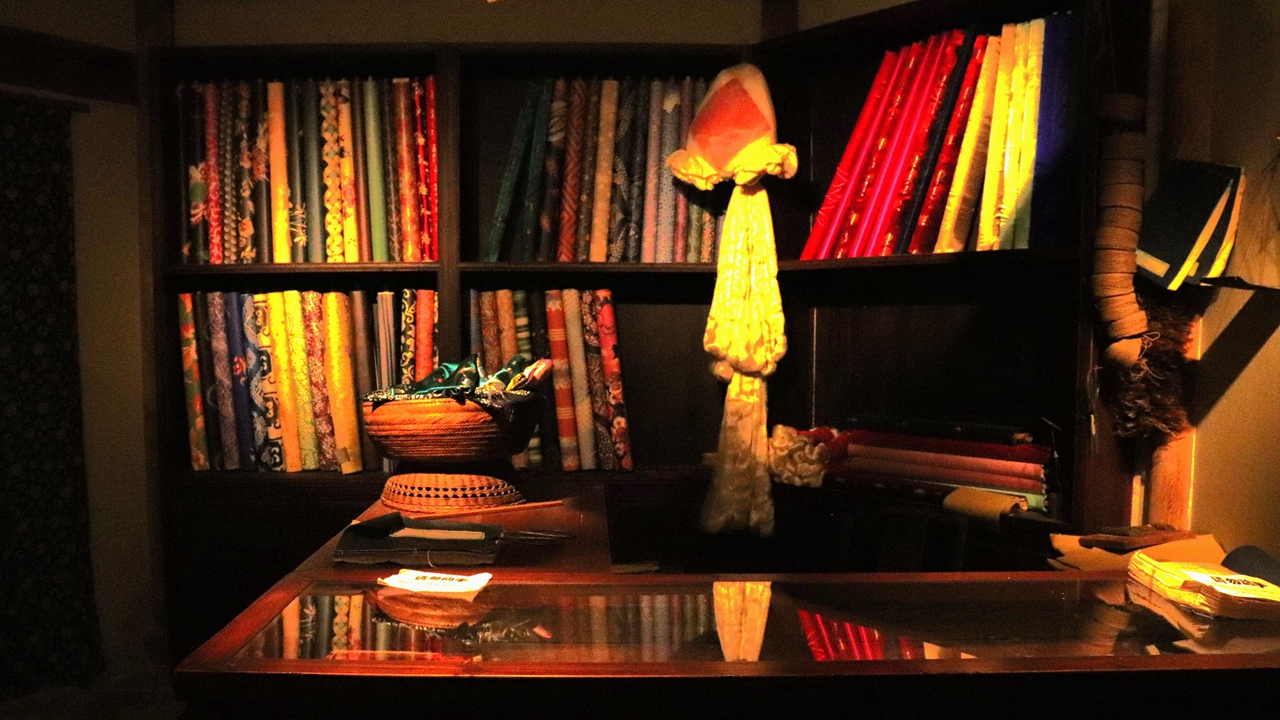Voices | Charm of silk
Press Contact
SISU News Center, Office of Communications and Public Affairs
Tel : +86 (21) 3537 2378
Email : news@shisu.edu.cn
Address :550 Dalian Road (W), Shanghai 200083, China
Further Reading
Voices | Charm of silk
20 June 2019 | By Chen Jie | Copyedited by Zhao Yinfen
|
I |
was lost in wonder staring at a bronze ware. It seemed out of place in an exhibition hall full of silk clothing. There is nothing different from most cultural relics at first sight, but some silk scattered at the bottom seized my curiosity. "Our ancestors used to bury their baby wrapped tightly with silk." As the tour guide introduced, the ritual conjured up an image of an Egyptian Mummy. Her following explanation dispelled my confusion and inspired awe in me. "They hoped that their child could ascend to heaven after death as the moth flew out of its cocoon." It struck me that silk linked life and death.
Chinese are the first to raise silkworm. Driven by nature worship, the ancients feel that it epitomizes a man's life. A silkworm grows from an egg, feeds on mulberry leaves, and exhausts its silk till death. It awaits the rebirth in its cocoon. The value it reflects that man is an integral part of nature also explains the striking finding in Mogao Caves in Dunhuang. Silk hangs from the roof as the channel to communicate with the Buddha. Silkworm raising requires great patience. Breeders need to reel off silk from cocoons, but the natural yarn is almost invisible to the naked eye. Therefore, women used to find the loose end and combine six or so fibers into silk threads.
Silk fires Chinese imagination for art. A typical wooden loom is almost the size of a Benz and lacks no intricacy as the German limousine. Carefully designed patterns are inlaid inside. Various designs, with birds and flowers most common, are borrowed from nature. Renowned Chinese embroidery types emerge and develop in different regions. However, it is laborious and time-consuming. A maid can only produce a few inches of brocade per day. Sometimes two maids have to work with good cooperation. Given the popularity of silk, the loom is such a tremendous asset that one exhibit is even the dowry. Silk is also used for other purposes such as canvas for painting. Some literati even send beloved ones round silk fans with poems written on it.
The conviction in mystical power and admiration for exquisite beauty invest great value in silk. Wearing silk was an important status symbol. At first, only members of the royal family had the privilege. Later, the noble class had access to silk clothing. It is said that peasants were denied the right until the end of the Qing dynasty. The Qipao, a one-piece, form-fitting dress that has a high slit on one or both sides, was fashionable in the 1920s in Shanghai. Ladies in big families could never have enough elegant Qipao in their wardrobe. Now silk still receives warm welcome mainly for its smoothness and lightness. As thin as a cicada's wings and as light as an egg, the silk dress of the best quality in history could squarely fit into a matchbox if folded neatly.
Silk has witnessed Chinese footprints worldwide. Many representative clothes in other countries are made of silk, such as kimonos in Japan, saris in India and kaftans in Morocco. A vast array of displays in the western fashion gallery also shows foreigners' love for silk clothing. Romans boasted the soft, smooth fabric imported from the East. A silk pajama was the first choice for English ladies. Frenchmen enjoyed the luxury the extravagant silk curtain offered. Pitifully, the flashy style often overshadows silk itself.
Next time a Hollywood star in shiny silk nightdress poses on the red carpet, spare a thought to the silk.
Press Contact
SISU News Center, Office of Communications and Public Affairs
Tel : +86 (21) 3537 2378
Email : news@shisu.edu.cn
Address :550 Dalian Road (W), Shanghai 200083, China



